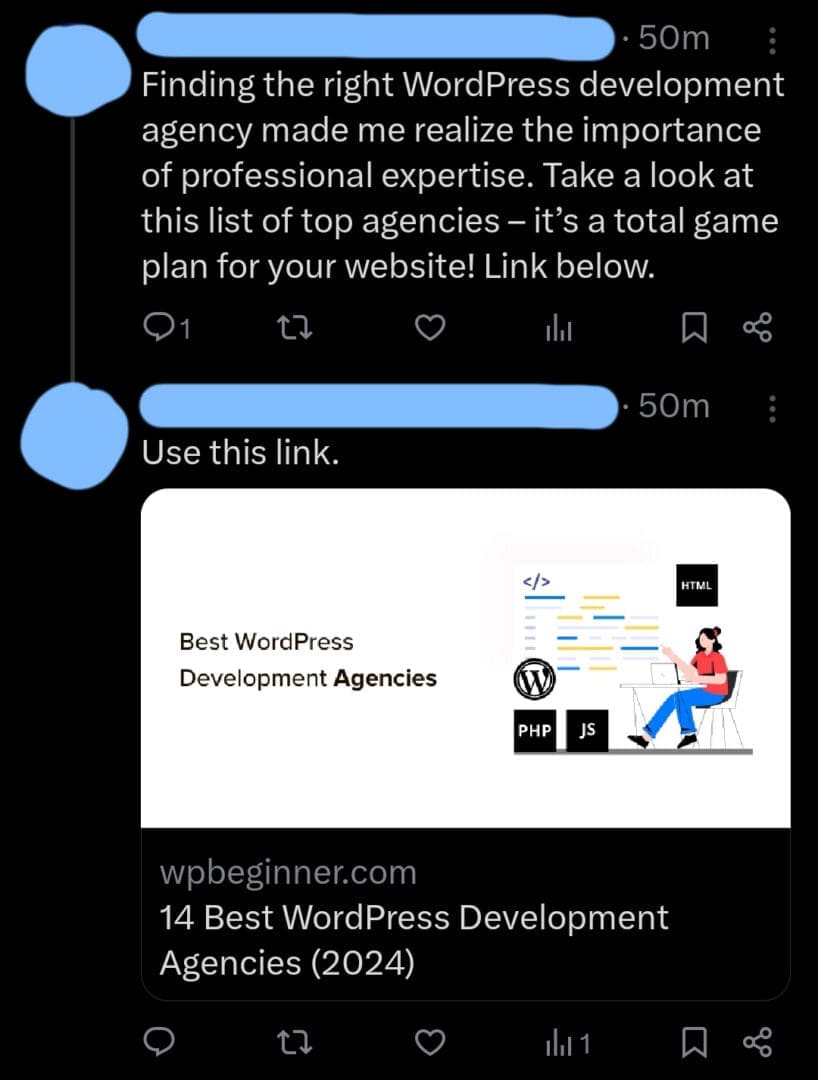
Creating a Marketing Plan Step-by-Step
In the complex landscape of business, a well-crafted marketing plan serves as the compass that guides your journey to success. It’s not just a document; it’s a strategic roadmap that aligns your efforts, defines your goals, and sets the stage for impactful marketing campaigns. Let’s embark on a step-by-step guide that unveils the intricacies of creating a comprehensive marketing plan, empowering you to navigate the challenges of the market with confidence.
Step 1: Conduct a Comprehensive Business Analysis
Begin your journey by gaining a deep understanding of your business. Conduct a SWOT analysis, assessing your strengths, weaknesses, opportunities, and threats. Define your unique selling proposition (USP) and key differentiators that set your business apart. This analysis forms the foundation of your marketing plan, providing insights into the internal and external factors that will influence your strategies.
Step 2: Understand Your Target Audience
Your marketing efforts are only as effective as your understanding of the audience you aim to reach. Develop detailed buyer personas to grasp the demographics, preferences, and pain points of your ideal customers. Tailor your marketing strategies to resonate with the needs and motivations of your audience. By aligning your plan with the desires of your target market, you increase the likelihood of capturing their attention and fostering engagement.
Step 3: Set Clear and Measurable Objectives
Establish specific, measurable, achievable, relevant, and time-bound (SMART) objectives aligned with your overall business goals. Whether it’s increasing brand awareness, driving sales, or expanding market share, clarity in your objectives provides a roadmap for your marketing strategies and a basis for measuring success. Clear objectives also serve as motivational milestones for your team.
Step 4: Analyse Your Market and Competitors
A thorough analysis of the market and competitors is pivotal for strategic positioning. Identify trends, opportunities, and potential challenges in your industry. Simultaneously, scrutinize your competitors—understand their strategies, positioning, and areas where you can differentiate your business. This insight enables you to strategically position your brand and capitalize on gaps in the market.
Step 5: Define Your Marketing Mix
The marketing mix, encompassing Product, Price, Place, and Promotion, is the core of your marketing plan. Tailor your product or service offerings, pricing strategies, distribution channels, and promotional activities to align with your marketing objectives. A well-defined marketing mix ensures that your offerings meet the needs of your target audience while differentiating your brand in the marketplace.
Step 6: Allocate Resources Effectively
Your marketing plan should be a practical roadmap that considers the financial and human resources at your disposal. Define your marketing budget based on a realistic assessment of your financial capacity and marketing goals. Allocate resources strategically across various marketing channels, considering the potential impact on your target audience. This ensures an efficient use of resources and maximizes the return on investment (ROI).
Step 7: Embrace Flexibility and Adaptability
The business landscape is dynamic, and a successful marketing plan must be adaptable. Recognize that unforeseen changes may occur, and build flexibility into your plan. This flexibility allows you to adjust strategies based on market shifts or emerging opportunities. An adaptable plan is a resilient plan that can navigate uncertainties and stay relevant in a rapidly changing environment.
Step 8: Integrate Digital and Traditional Marketing
In the digital age, a holistic approach that integrates both digital and traditional marketing channels is crucial. Evaluate the most effective channels for reaching your target audience, considering online platforms, social media, content marketing, email campaigns, as well as traditional avenues. An integrated approach ensures a comprehensive and effective marketing strategy that resonates with diverse audience segments.
Step 9: Develop a Detailed Action Plan
With the foundational elements in place, develop a detailed action plan outlining the specific tasks, timelines, and responsibilities. Break down your marketing strategies into actionable steps, ensuring that each team member understands their role. A well-defined action plan facilitates seamless execution and provides a structured approach to achieving your marketing objectives.
Step 10: Monitor, Evaluate, and Adjust
A dynamic marketing plan requires ongoing monitoring and evaluation. Set up key performance indicators (KPIs) to measure the success of your campaigns. Regularly review the performance of your marketing strategies and be prepared to make adjustments based on the data and insights gathered. This iterative process ensures that your plan remains effective and responsive to the evolving market dynamics.
In conclusion, creating a marketing plan is not a one-size-fits-all endeavour; it’s a tailored strategy that aligns with the unique attributes of your business and the dynamics of your market. By following this step-by-step guide, you empower yourself to craft a comprehensive marketing plan that not only guides your journey but propels your business toward enduring success.























